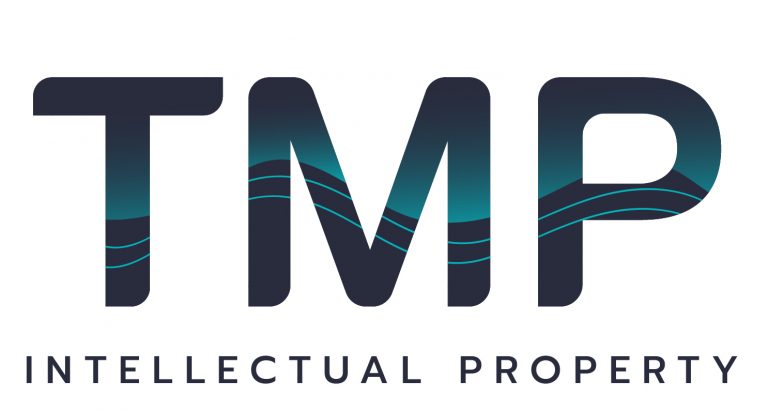Trade secrets in Thailand are still today the somewhat neglected stepchild of IP rights. With patents, trademarks and copyright being the favored siblings, trade secrets are too often overlooked among all IP assets that it would be in a company’s best interest to protect. While protecting a trade secret is not as straightforward as registering a trademark or a patent, it might indeed be worthwhile for companies to take all appropriate steps to identify their assets that qualify as such and to set up minimum measures to ensure they will remain “secret”.
What is a “trade secret”?
From a legal standpoint, trade secrets protection in Thailand does not differ from international standards and the definition set forth by Article 39 of the TRIPS Agreement under the title “protection of undisclosed information”. Section 3 of the 2002 Trade Secrets Act provides that they are “trade information not yet publicly known or not yet accessible by persons who are normally connected with the information (…) the commercial values of which derive from its secrecy and that the controller of trade secrets has taken appropriate measures to maintain the secrecy”.
Trade secrets are thus a trade information that meets three cumulative criteria:
- it is undisclosed: the information is not known by the public,
- it has commercial value stemming from the fact that it is secret: the information made public will no longer offer the same competitive edge to its initial owner, and
- it remains confidential because its owner has taken appropriate measures to safeguard its secrecy: such measures could be legal (e.g. confidentiality clauses and non-disclosure agreements in employment contracts) or technical (e.g. information accessible to only a few persons having the access code or specific privileges, information protected by security systems).
In a case from 2019, the IP & IT Court considered that a trade information protected by a password that was changed monthly by its owner could be viewed as a trade secret.[1] On the other hand, a simple confidentiality clause in an employment contract would not be seen as sufficient measure to ensure the non-disclosure of a trade secret.[2]
Why should trade secrets be protected?
We can identify two categories of trade secrets: business information (such as a clients’ list, marketing strategies) and technical information or processes characteristic of a “know-how”. The Coca-Cola recipe and Google search algorithm are famous examples of the latter and fostered the development and success of multinational companies, with no end in sight to their leading position in their respective market.
There lies the undeniable advantage of trade secrets: they can be protected indefinitely. However, they can remain so only if its holder has carefully thought through the procedures and mechanisms securing
its confidential nature, as early as possible. Similarly to other IP rights, prevention is key, but even more so for trade secrets. Indeed, once they are revealed or made public, they will most likely turn into simple “trade information” easily exploitable by competitors.
What constitutes an infringement of trade secret?
Sections 6 and 7 of the 2002 Trade Secrets Act regulate what constitutes an “infringement”: it is an act of disclosure, deprivation or use of the trade secret that meets three cumulative criteria:
- the disclosure happened without the consent of the owner,
- the disclosure was done in a manner contrary to honest commercial practices and
- the infringer was aware (or had reasonable cause to be) that his/her act constituted a violation of honest commercial practices.
The law gives examples of acts contrary to honest commercial practices, ranging from breach of contract, infringement or inducement to infringe confidentiality, bribery, coercion, fraud, theft to espionage. Independent discovery, reverse engineering, honest use and disclosure by a state agency (if necessary for the protection of public health or for the benefit of other public interests) cannot be considered as infringement.
The time limit to bring infringement cases to court is three years from the date the infringement and the identity of the infringer is known, but not more than ten years from the date of infringement (Section 10).
What are the legal remedies and sanctions to trade secrets infringement?
Two types of civil remedies can be sought before the IP&IT Court by the trade secret owner (Section 8): an interim injunction to temporarily stop the infringement or a permanent injunction to stop the infringement and claim damages from the infringer. In the case of a permanent injunction, the trade secret holder may also request the destruction of the equipment used for the infringement (Section 11).
According to Section 13 of the 2002 Trade Secrets Act, the damages are normally evaluated based on the profits made by the infringer in connection with the infringement or, by default, as the court “deems appropriate”. Punitive damages can be determined by the court if it has clear evidence that the infringement happened “willfully or maliciously” and resulted in disclosing the secret to the public.
In case of a malicious disclosure, the infringer may also be liable for criminal offences punishable by a maximum of one year and/or a fine not exceeding 200,000 Thai baht (Section 33).
How to choose between trade secrets and patent protection?
Some IP assets may qualify as either trade secrets or patentable inventions. A company thus needs to evaluate its capabilities to maintain the secrecy of the invention. If they are insufficient or if it would be too cumbersome in practice to set up confidentiality protocols, the company might be better off protecting its invention through a patent, even though its protection will only last for 20 years. Moreover, if, once commercialized, the invention could be easily reverse engineered by competitors, a patent would again be the best option.
In some cases, companies might opt for a combination of both. Such has been the path picked by the Thai National Science and Technology Development Agency (NSTDA) who came up with a process to re-utilize some of the rubber waste generated during the process of transforming rubber latex. While the process developed was patented, the exact proportions of acidic compounds used in the process were kept secret. For more information, please see WIPO case study “Bridging the Gap from the Laboratory to the Market”, published on November 22, 2012.
In 2015, the Supreme Court confirmed that disclosing part of the invention through patent registration did not prevent a company from protecting undisclosed information related to the same invention with trade secrets.[1]
The short-lived trade secrets registration system in Thailand
From 2002 to 2013, companies had the possibility to register their trade secrets with the Thai Department of Intellectual Property (DIP). This system was set up to facilitate the use of evidence of trade secrets ownership in case of infringement. We can assume that, considering the sensitive “confidential” nature of trade secrets, this registration system did not encounter much success. Therefore, the DIP cancelled this procedure in July 2013.
Written by: Adele Marchal
Research contributors: Chanaporn Nivatsaiwong; Kunyaphat Khongkaew
Reviewers: Munif Chaipanya
[1] Supreme Court, S.C. 11078/2558.
[1] IP&IT Court, Tor Por. 18/2563.
[2] Supreme Court, S.C. 2461/2559.







